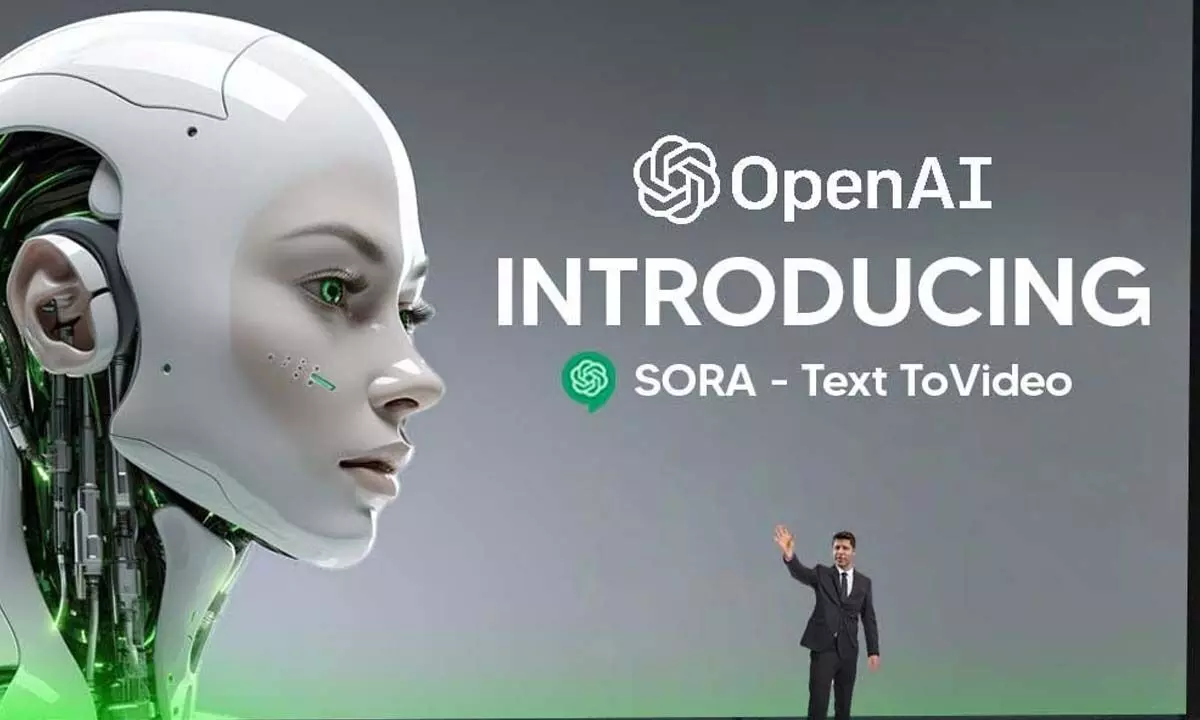OpenAI's Sora Text-to-Video Tool Coming Soon, May Include Audio Editing

Generative AI tools offer hyper-realistic videos from text prompts, with plans for sound and editing.
OpenAI's text-to-video generator, Sora, is on track for public release later in 2024. According to an interview with OpenAI CTO Mira Murati, users can expect access "within a few months." Sora impressed audiences in February with its ability to create lifelike scenes based on simple descriptions. Initially limited to artists and designers, some Sora-generated videos have already surfaced online.
Looking ahead, Murati revealed plans to incorporate audio capabilities, further enhancing video realism. Additionally, the company aims to allow users to edit content within Sora-produced videos, acknowledging the potential for inaccuracies in AI-generated visuals. "We're trying to figure out how to use this technology as a tool that people can edit and create with," Murati tells the Journal.
While details surrounding Sora's training data remain unclear, Murati confirmed the use of publicly available or licensed sources, with content from Shutterstock included through a partnership. "I'm not going to go into the details of the data that was used, but it was publicly available or licensed data," she says. "We want people to use this as a creation tool," Murati explains.
OpenAI acknowledges the increased cost of powering Sora compared to DALL-E, its text-to-image model. Their goal is to offer public access at a similar price point.
Concerns around the potential misuse of generative AI tools for misinformation, particularly as elections approach, are being addressed. Like DALL-E, Sora is unlikely to allow the creation of public figure imagery. Additionally, videos will contain watermarks, though their effectiveness is under evaluation.

